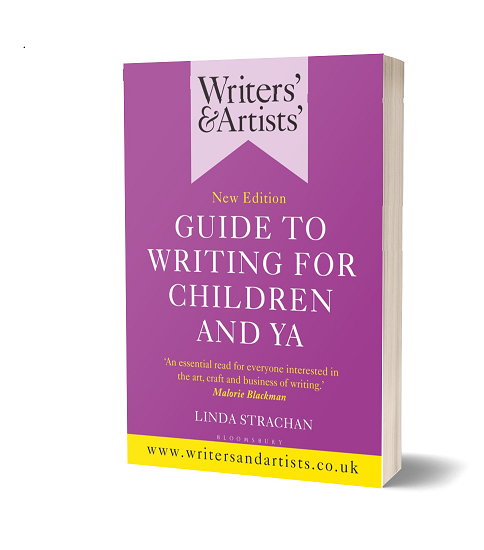What is a book plan and what does it need to contain?

A good book plan will typically include:
● A list of the spreads and sections with an indication of what they will contain.
● Sample – a visual example of the style and the look/feel. This might be split into sections as you would envisage them appearing on the spread. e.g. title, introduction, captions or label, and you might want to add rough sketches of what would be in the illustrations. You might, if the project is more complicated, include a rough layout sketch to help the editor or designer understand what you have in mind.
● Sample text to indicate the reading level if that is appropriate or necessary.
More often, a publisher will use illustrations rather than photographs, but if your book is specifically about photographs you would be expected to give exact references from your own research, (e.g. museum catalogue number, NASA gallery reference, and so on) but you do not have to download images or negotiate licences – that is the publisher’s job. They will find out if these images can be used and what the copyright situation is but also whether they are going to be too expensive to use. If they can acquire the photographs and they are cost-effective, you will be expected to write captions, and might also need to provide a glossary and any further reference information that is to be included in the book.
There may be captions in boxes or larger areas of text, but this will be decided at the layout stage. The writer is usually consulted on the accuracy of the illustrations or photographs and the focus might change with different types of publishers; some will be primarily interested in big glossy images and illustrations, while others will be led by the words. This is principally dictated by the house style.
House style is the particular way a publisher likes to present their books and this can have complications for the writer. Sometimes it might affect the substance of the text; for example, when highly illustrated books, such as illustrated non-fiction or picture books, are expected to be sold in different languages they will print the illustrations (which usually do not contain any words) in one large print run and then put the books through a second layer of shorter print runs with black overlays of the words, each in a different language or with altered spelling. This is more cost effective than several short print runs in full colour.
One writer told me recently that a publisher had decided that in the English print run there would be no separate black overlay print run, which meant that all language should be neutral; this meant no words could be used that have different meanings in other English speaking countries, or are spelled differently such as colour/color. This is quite a constraint and a challenge for the writer, and not always to the benefit of the text but not an area where the writer will have any real say, if they agree to write the book.
Some other differences in language might have to be avoided, such as wardrobes in the UK (Americans have closets). Nature writers should note that hedgehogs are not common in many other countries, and of course anything associated with weapons and warfare might cause a problem.
The Writers' & Artists' Guide to Writing for Children & YA by Linda Strachan, is available to purchase now.
Comments